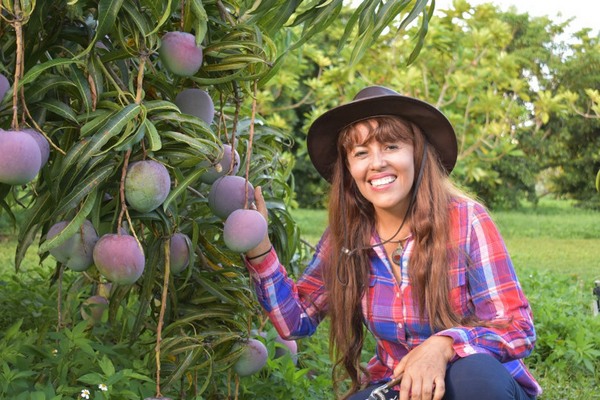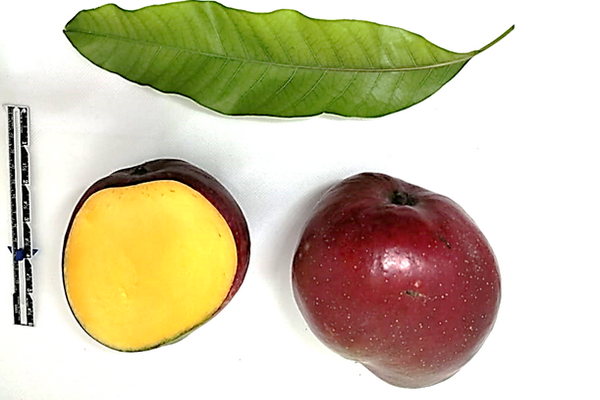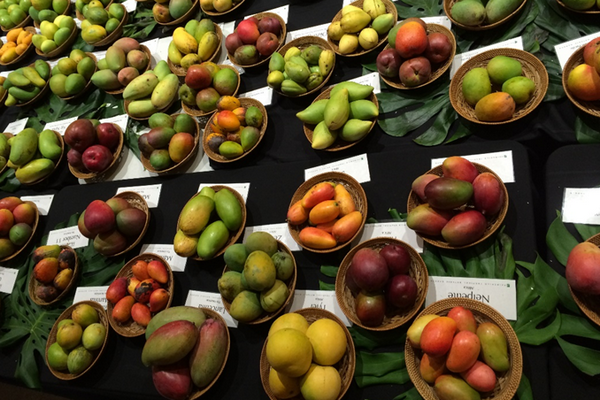Having new varieties is very important for the mango industry. "At a general level, Latin America is working to protocolize the introduction of new varieties. Each country has its own regulations, so it's harder to move forward in some of them," stated Dr. Noris Ledesma, an authority in this matter.

"Peru has been working with new varieties for almost 15 years. It has several established germplasm banks and collections, mainly led by the private industry, where more than 20 varieties are being studied. These commercial tests are being carried out with different varieties, such as Rapoza, Angie, Mallika, Kesar, Rosigold, among others."

Rapoza variety.
"Mexico has already started establishing varieties from Florida, led by EMEX (Export Mango Packing Machines). Nearly 600 buds were introduced last year and 600 more are about to be imported. The plants are now in the quarantine stage in the nursery stage, under the jurisdiction of SENASICA."
"Colombia has also started its protocols to import new varieties, led by Corpoica and the University of Magdalena. These countries imported free-to-use varieties that have not been patented. Producers will directly benefit from this institutional effort."
"The Dominican Republic also introduced varieties from Florida in 2014, led by Promango (Association of Mango Producers and Exporters of the Dominican Republic). The country has a diversity of microclimates and an interesting germplasm bank based on the selection of national varieties, such as Banilejo or Mingolo, which it already exports with great success."
"The varieties in Mexico are still young, as the program has just begun, but I estimate they'll have enough material for distribution in 5 years."
The way forward
"We could say that there will be genetic diversity. More tropical hybrids and resistance to drought, flooded soils, and extreme temperature conditions. However, these varieties are achieved through very long-term research. Breeding programs worldwide have worked to create new cultivars and are based on solid breeding and selection criteria; however, breeders must work harder to include more field production criteria, natural tolerance to flowering diseases."
"We must also work more on developing crop efficiency technologies using clean and efficient horticultural practices. We need to diversify cultivars and seasons to have a healthy industry. These are long-term, costly, and risky studies. It's important to work together to optimize our efforts."

Different varieties.
"Producers and the mango industry in general are interested in new varieties. We continue to evaluate their acceptance in the United States, their ability to pass sanitary barriers, and to see if they can be transported without losing quality; however, it is important to carry out tests in different countries and regions, " Ledesma said.
For more information:
Francisco Seva Rivadulla
Comunicación internacional
Tel: +34 653 85 31 13
Email: francisco@franciscoseva.com
